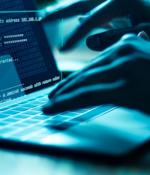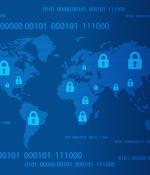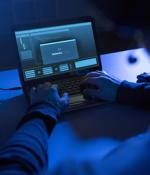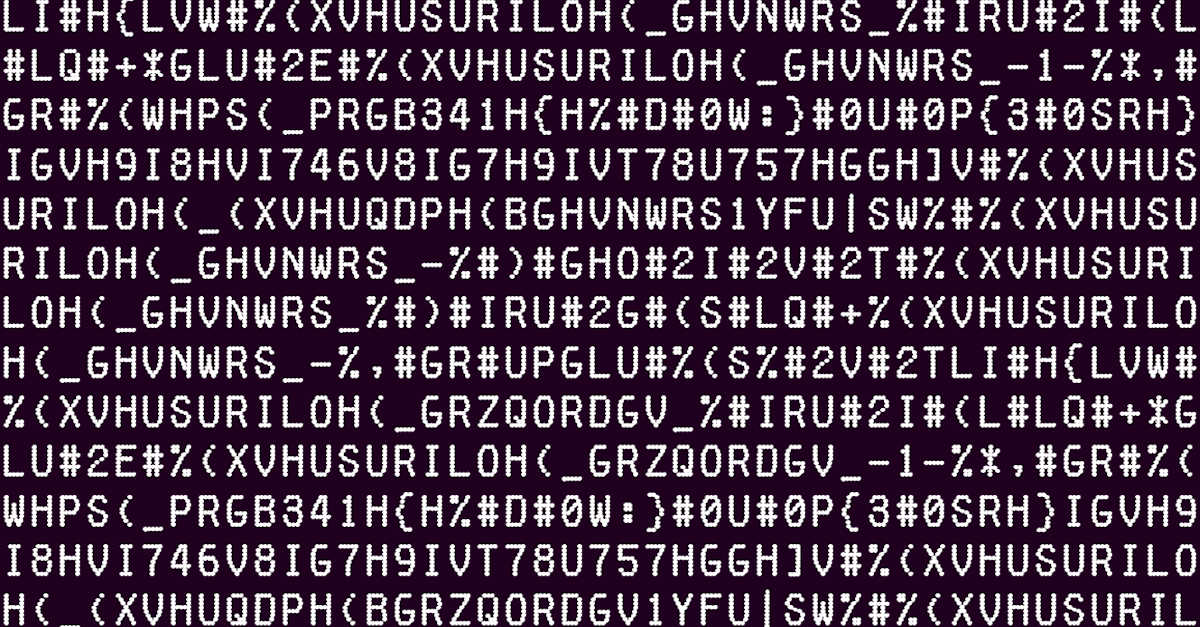Security News

Zoom meetings currently offer encryption but with certain limitations. Encryption is used to protect the identity of users, call data between Zoom clients and Zoom's infrastructure, and meeting contents.

While encryption can come in many forms, it always comes with the same goal: protecting data confidentiality. End-to-end encryption achieves that goal by setting up an encrypted channel where only the client applications themselves have access to the decryption keys.

Find out how G Suite and Google Meet help employees and students work and study at home, and why encryption is key.

Find out how G Suite and Google Meet help employees and students work and study at home, and why encryption is key. CBS News and CNET Senior Producer Dan Patterson talked with Philip Moyer, VP of Industries for Google Cloud, about G Suite and Google Meet has helped people and students work from home, safely, amid the coronavirus quarantine.

Zoom announced this week that on May 22 it will publish a detailed draft of the cryptographic design it plans on using for its upcoming end-to-end encryption feature. As a result of increased scrutiny from privacy and security experts - as well as hackers targeting meetings - Zoom has started making improvements to its platform and it has promised to implement changes and new features that would significantly enhance security and privacy.

The U.S. Department of Justice announced on Monday that the FBI managed to gain access to the data stored on two iPhones belonging to an individual who last year killed and wounded several people at a United States naval base. U.S. Attorney General William Barr and FBI Director Christopher Wray announced on Monday that the FBI managed to access the data stored on the two locked iPhones.

Reply all woes, DHS says no to DoH and why turning your computer off is good for security.

Cloud services provider Volterra has a new encryption tool to make file sharing via collaborative platforms more secure without using passwords or public-key cryptography. VoltShare encrypts data and files locally to add an extra layer of security to collaboration and cloud storage platforms including Slack, Teams, and Dropbox.

ADVA announced that it is playing a key role in a unique research initiative extending post-quantum security to VPN networks. Leveraging the ADVA FSP 150 with ConnectGuard Ethernet encryption, the Quantum-Secure VPN Modules and Operation Modes project is testing new quantum-resistant algorithms in the packet domain.

The bad news is that whoever wrote this malware decided to be doubly destructive: it scrambles the files on your C: drive using a secret decryption key, but it wipes out the files on all your other drives, looping through all the letters A: to Z: except C:, issuing commands to delete all the files and directories it can find. The good news is that the programmer of Ransom-FXO didn't take much care over the encryption part, and used a hardcoded cryptographic key that can fairly easily be extracted from the malware file.